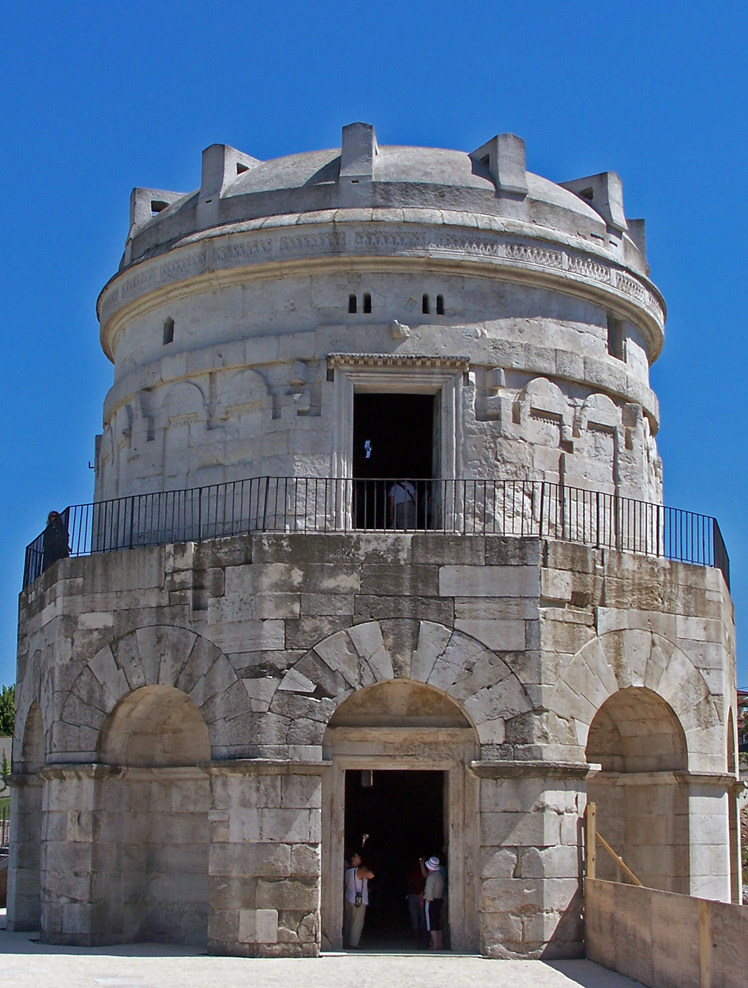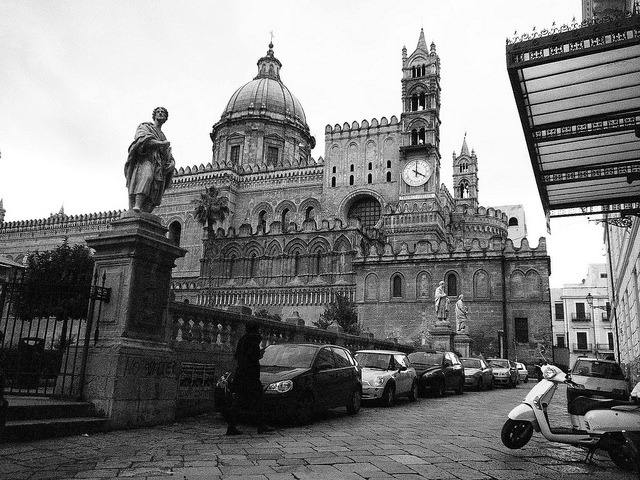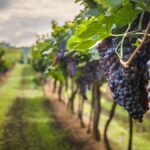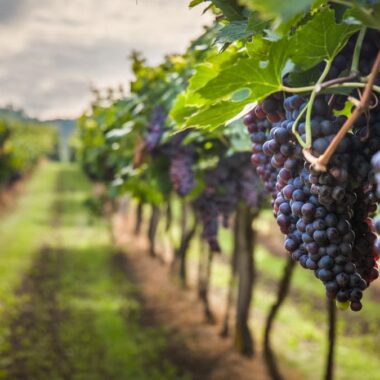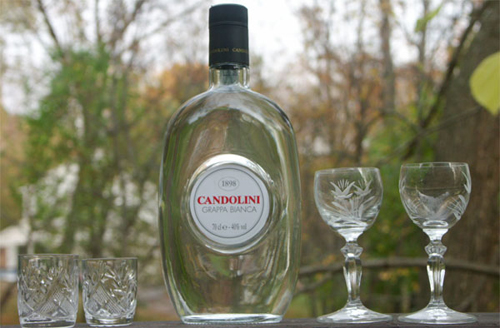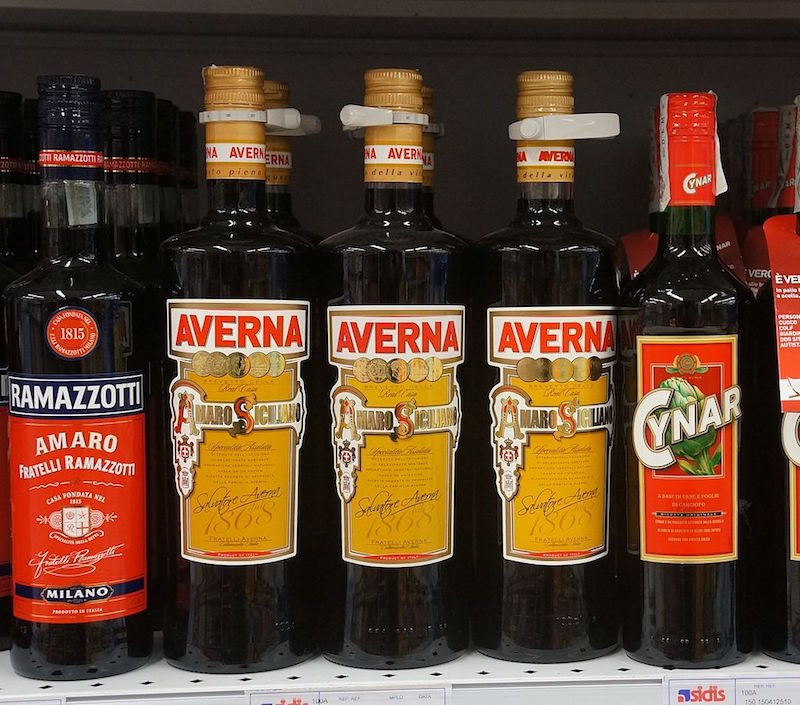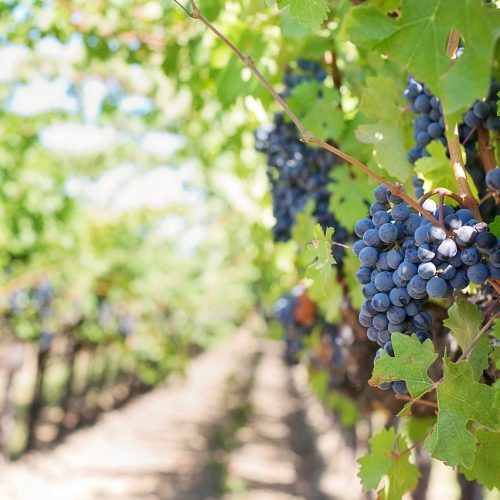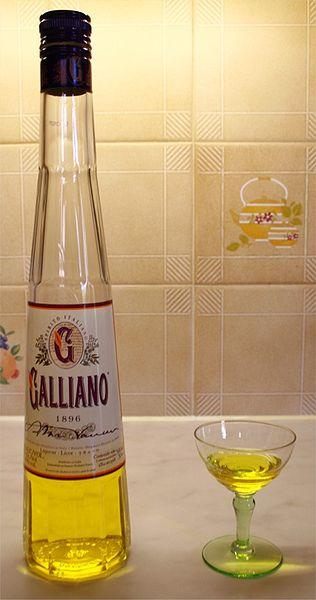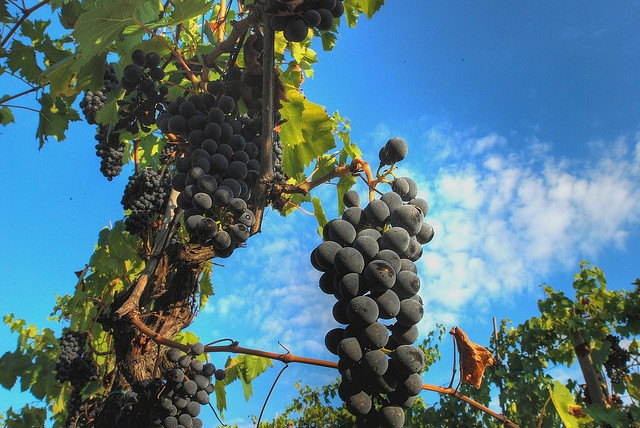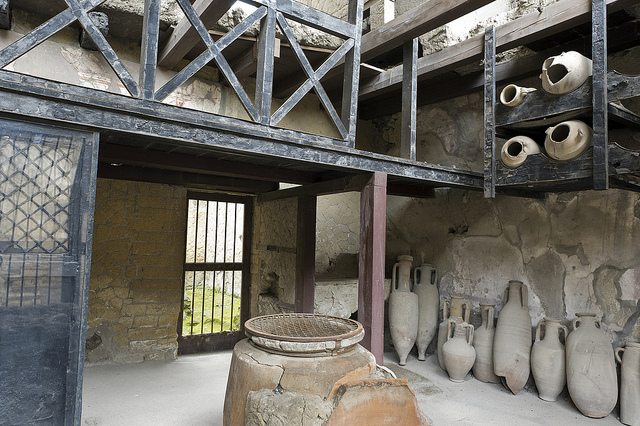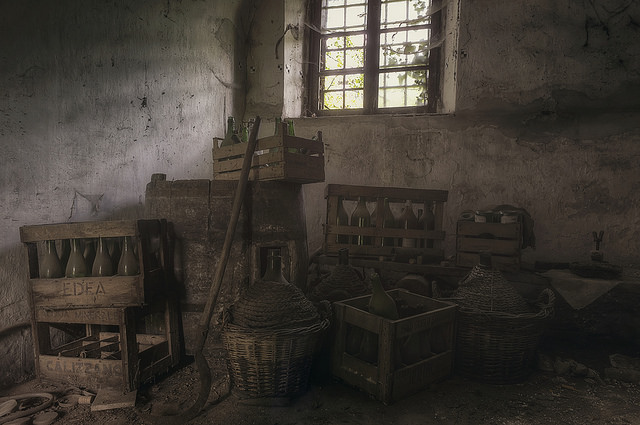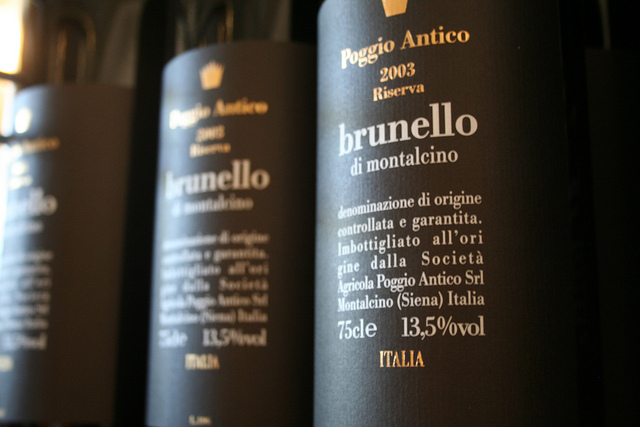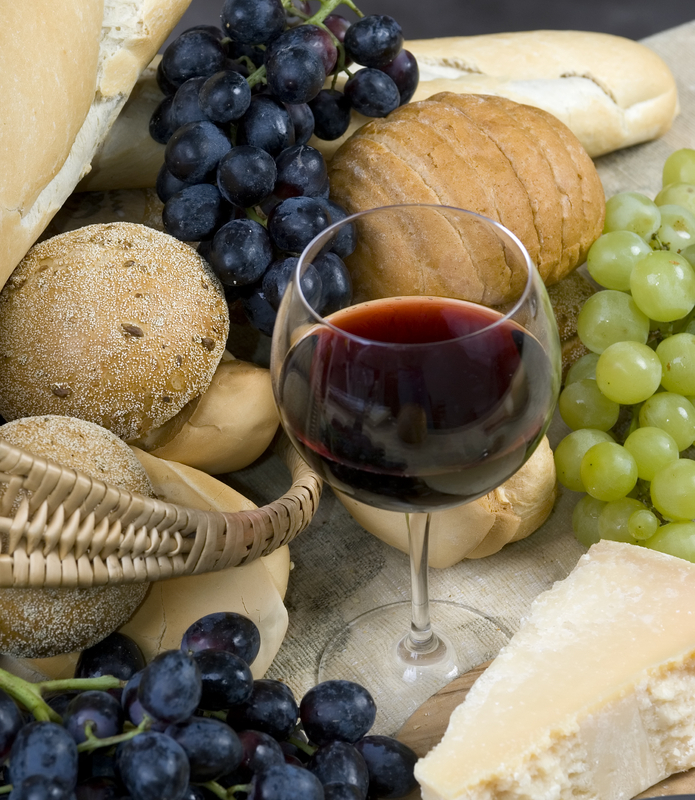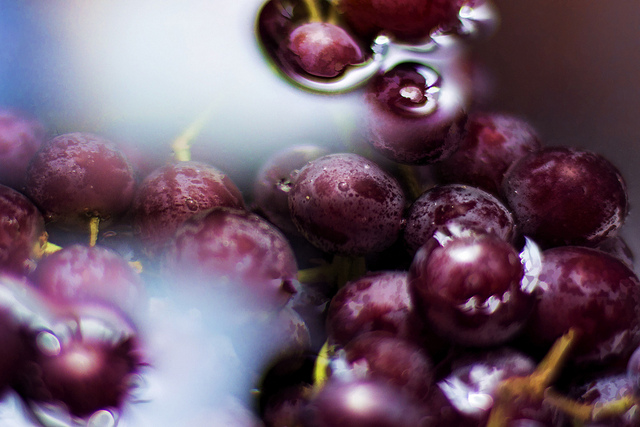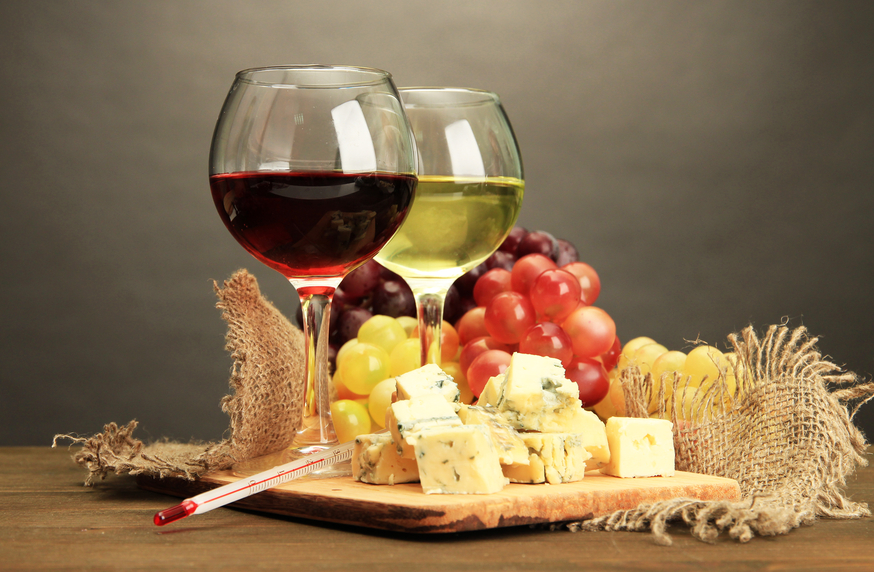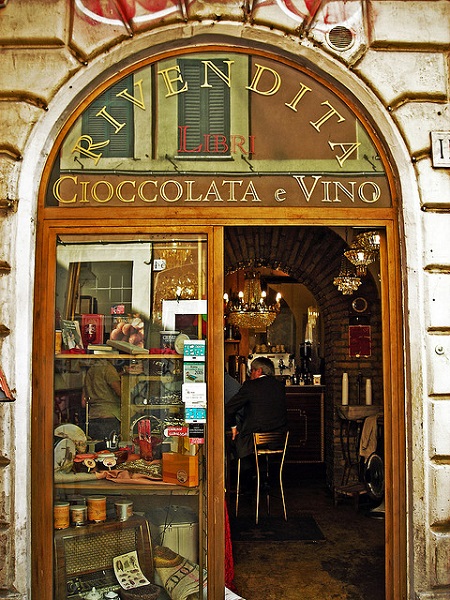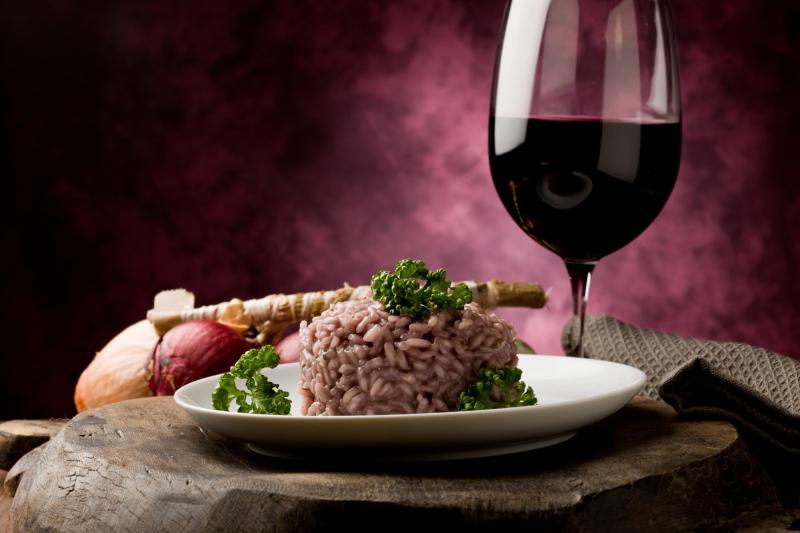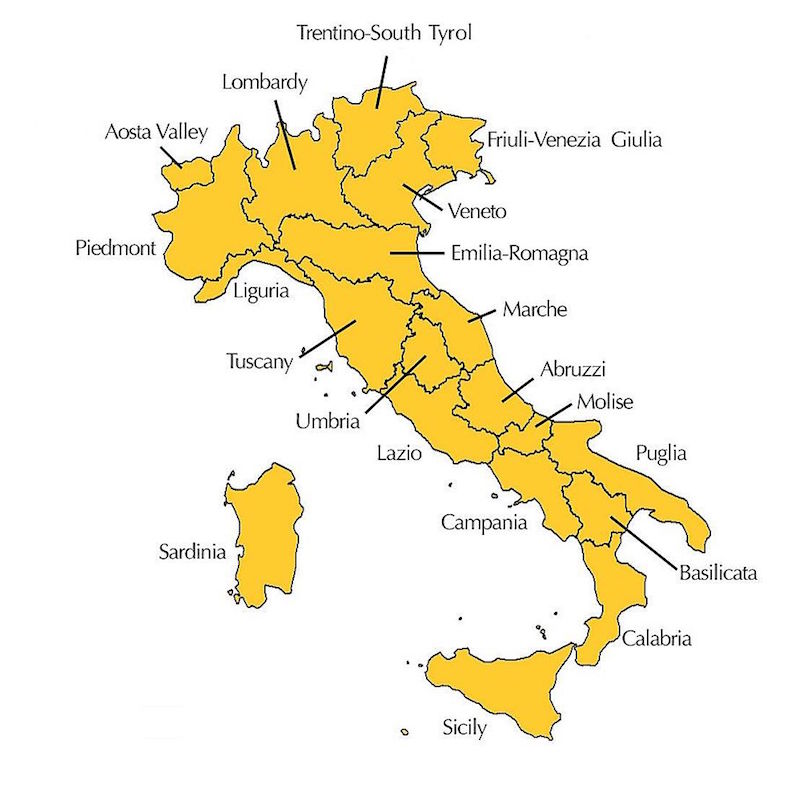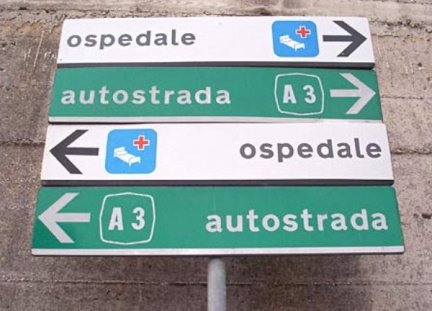It is not easy to select a limited number of wines characteristic of Italy’s northern regions: there are so many and of such a high quality, I honestly feel guilty leaving names out of this article.
Surely, the same would happen if I had to list the best wines of the Italian Centre or the Italian South, but today’s task is harder for me, because I come from Piemonte and from the Langhe, so I may be a little biased. My grandfather used to make an amazing Dolcetto and, as he had two small vineyards, one in the Langhe where we live, and one in the Monferrato, where he was born, he also produced a delightful Moscato.
Forgive me, so, if I will get too lyrical about the wines of my land…
Regardless of the names you will read here, feel free – no, feel obliged! – to be adventurous with wines when you are in Italy: do not be afraid to ask around for lesser known varieties, try something new, something rare. Get to the countryside, stop at a local restaurant and ask them for what they drink during their own meals; you may end up with a bottle without any fancy label, but containing the most amazing wine you will ever drink in your life.
I should probably open that bottle of Moscato a wine-producing friend gave me, and enjoy a glass while we explore the vineyards of Piemonte, Lombardia, Liguria, Veneto, Trentino Alto-Adige, Friuli Venezia-Giulia and Emilia Romagna: fancy keeping me company?
The Wines of Piemonte
Probably Piemonte is, along with Tuscany, the best known Italian wine producing area outside of Italy. This comes especially from the popularity of his most famous red, Barolo, and by the fact Piemonte is the homeland of Spumante, Italy’s answer to France’s Champagne. There is more than Barolo and Spumante to Piemonte’s wine tradition though…
Barbera: Barbera is one of Piemonte’s favorite wines. For centuries, it was considered the best wine to have on your kitchen table, due to its robust and rich flavor. It remains a favored, every day wine on most Northern Italian tables. Its best known varieties are the Barbera d’Asti and the Barbera del Monferrato Superiore, both DOCG.
Dolcetto: Dolcetto is a very popular wine in Piemonte, especially in the provinces of Cuneo and Alessandria, whose popularity has increased all over Italy in the past decades. It is characterized by an intense ruby color, which tends to get more orangey with age. Its taste is dry, soft and slightly bitter, with hints of almond and a warm, pleasant end. The best known Dolcetto is produced in the Acqui area (province of Alessandria), in that of Dogliani (Cuneo) and on the Alba hills.
Moscato: Moscato d’Asti is an autoctone vine to the hills of Langhe and Monferrato, which produces a very aromatic wine. Sweet and bubbly, it is very fresh and a true treat in those warm days of Summer we enjoy in the Northern areas of Italy. Scents of orange blossom, thyme and peach can be recognized in it and its color embraces hay-like hues, with hints of green. It has an intense, fresh taste, with fruity hints typical of all varieties of the Moscato grape. The best known Moscato is produced in the Asti and Alessandria provinces of Piemonte.
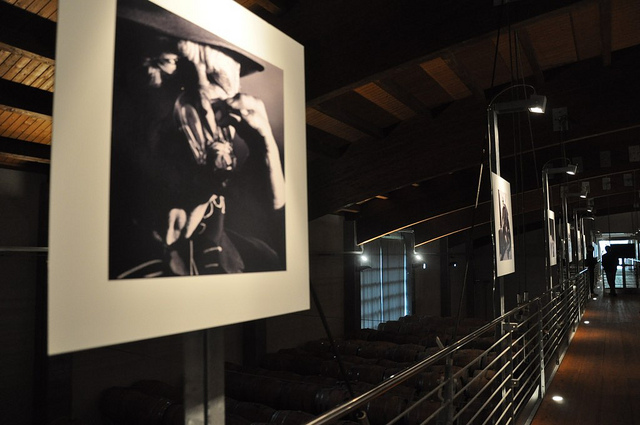
The wines of Liguria
Liguria is known for its typical landscape, made of majestic mountains, overhanging gentle hills that roll into the sea. It is on these very hills that some of Italy’s most delicious wines are produced. They may not be as known as their Piedmontese and Tuscan cousins, but are well worth a try.
Sciacchetrà: sometimes also spelled “sciachetrà,” it is a DOC wine produced in the province of La Spezia. It is a “vino passito,” which means grapes are let “appassire,” dry up, for a period of time before being processed into wine. This makes passito wines, including Sciacchetrà, rich and sweet. Its name comes, very likely, from the dialectal word “sciaccàa,” which means “to squeeze” in Ligurian dialect. Sciacchetrà has a rich, dark gold color and it is a perfect partner for desserts, or even for an uncommon – yet delightful – winter aperitivo. Its most renowned varieties are produced in the Cinque Terre area.
Massarda: Massarda is a rich Ligurian wine, little known outside of Italy. And what a pity it is. It is produced especially in the Val Nervia, in the Ligurian Ponente, between Savona and Ventimiglia and is characterized by an intense hay-yellow color. Its scent is delicate, with notes of wildflowers, wood resins and citrus and its flavor is dry and fresh. It is perfect for Italian antipasti, fresh cheeses, fish and egg based dishes.
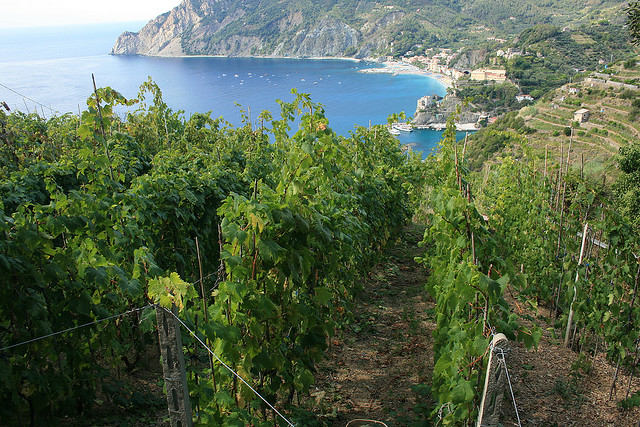
The wines of Lombardia
Many people, Italian included, tend to associate Lombardia chiefly with industry and the fashion and economy world embodied by its capital, Milan. In truth, the region has a rich culinary tradition, and is home to good wines, too.
Bonarda dell’Oltrepo Pavese: this wine is produced with a vine named Croatina and is typical of the Pavia area of Lombardia. Mind, though: it has nothing to do with the Bonarda vine grown in Piemonte. Bonarda dell’Oltrepo Pavese has a DOC denomination, and is a well known wine throughout the country in name of its deep ruby red color and its dry flavor. It is particularly good served with cured meats, stews, cotechini, and zampone. Pasta dishes served with meat sauces are also perfect when drinking Bonarda. As said, Bonarda reaches its best in the production of the region around Pavia.
Franciacorta: Franciacorta is a wine producing region that has given origin (and name) to one of Italy’s best known Spumanti. Just as Asti and Marsala, Franciacorta has been given the right by the EU to identify its wines simply with their geographical denomination. It has a DOCG denomination and can be produced only and exclusively in the province of Brescia. For its production, Franciacorta only allows the “classical method,” through which fermentation can only happen in the bottle. This is the same technique used to produce Champagne. Franciacorta comes in many varieties: Franciacorta Satèn, Franciacorta Rosé, Fraciacorta Millesimato and Franciacorta Riserva.
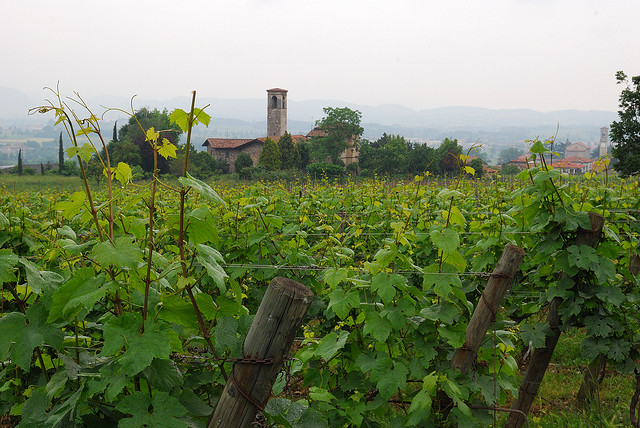
The wines of Veneto
Veneto is commonly known as the land of Prosecco and Pinot, but there are more amazing wines to know than these rightly famous names. The wines of the Valpollicella area, in the province of Verona, as well as the beautiful wines of the Colli Euganei are notable and delicious.
Amarone della Valpolicella: Amarone is a passito wine (like the Sciacchetrà of Liguria) that can be produced only with specific vines: the Corvina Veronese, the Corvinone and the Rondinella. It is characterized by a beautifully rich, deep red color and a just as rich and deep, velvety flavor. Curiosity: Amarone was very likely already produced in Antiquity, as Catullus mentioned already a wine with Amarone’s characteristics in 49 BC. Best known varieties of Amarone (all DOCG) are the Amarone della Valpolicella Classico, produced in the area of the Valpolicella defined “Valpolicella Classica,” Amarone della Valpolicella Valpantena, produced in the homonymous area, and the Amarone della Valpolicella Riserva, aged no less than 4 years.
Vini dei Colli Euganei: all wines produced in the Colli Euganei area have a DOC denomination. Many varieties of wines are considered of the “Colli Euganei,” including Sauvignons, Cabernets, Merlots and Spumanti.
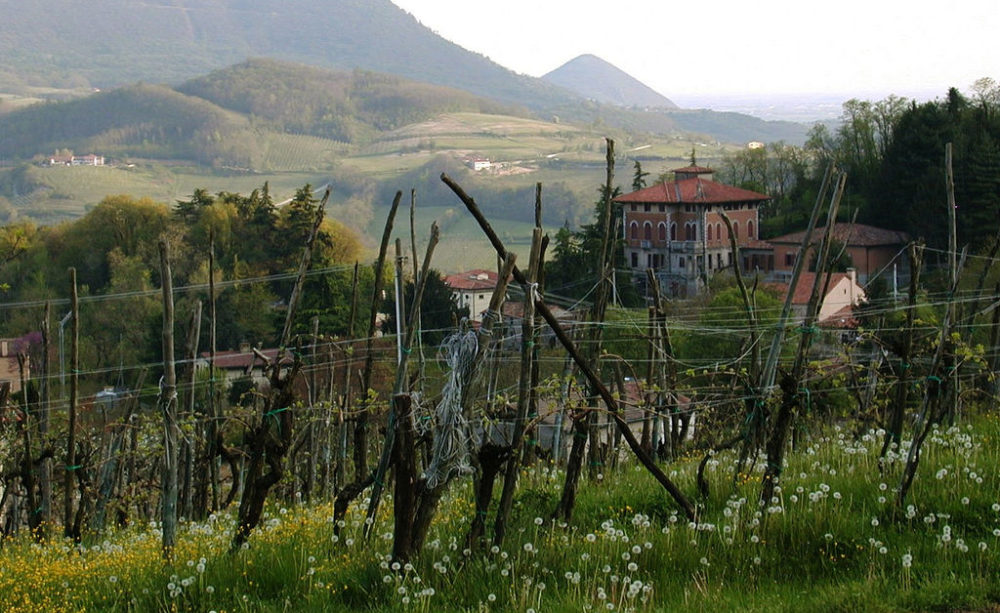
The wines of Trentino Alto-Adige
When we think of Trentino Alto-Adige we think of the Dolomites and the beautiful landscapes of the Alps. The lands of the region, especially their valleys, are particularly fertile and perfect for vine cultivations. Pinots, in all their varieties, are produced here and a beautiful white, Riesling, is also typical of these enchanted area of Northern Italy.
Pinot Nero: Trentino Alto-Adige is one of Italy major producers of Pinot Nero DOC, one of the most delicate and noble of all red grapes. Both Pinot Grigio and Pinot Bianco (also cultivated in the area) are genetic variations of this vine. Pinot nero is used to produce both red wines and Spumanti, to confer them more depth. The Pinot Nero wine proper, as produced in Alto-Adige, is characterized by a ruby to grenadine red color, with a high content of tannines and a deep, rich flavor. Its scent brings to mind the intense aroma of fruits of the forest. It is produced especially in the Bassa Atesina, in the Adige Valley, in the Conca di Bolzano and in Val Venosta. It is particularly good with mature, strong cheeses, wild game and meat dishes.
Riesling: Riesling grapes are originary from Germany and produce a fine, delicate white wine, with hints of peach, apricot and green apple. It is a lively and elegant wine, with a light color ranging from light yellow to green. It is particularly good with rich soups, shrimp cocktail and seafood in general, as well as with lobster. It is also a very good aperitivo wine. Riesling DOC denominations in Alto Adige include those of Riesling dell’Alto Adige, Alto Adige Terlano Riesling, Alto Adige Valle Isarco Riesling, Alto Adige Val Venosta Riesling.
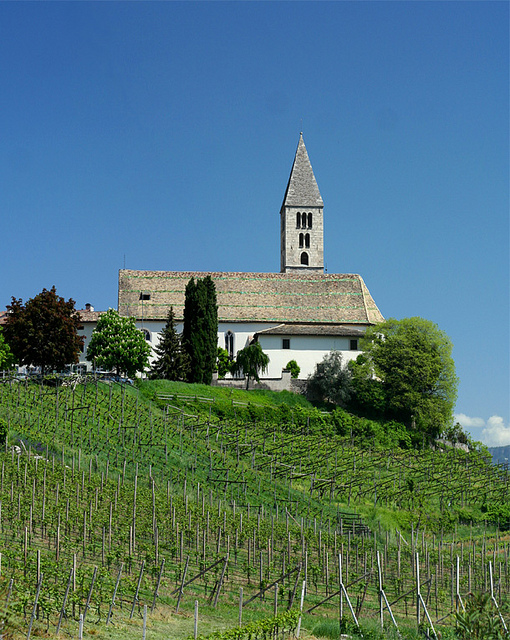
Wines of Friuli Venezia-Giulia
Friuli Venezia-Giulia is a noted wine producing area, where vines such as pinot, riesling, cabernet are normally cultivated. However, the typical vine of the area is another: Friulano.
Friulano: in truth, you may not be familiar with this name, but you may know the name it used to be known by until 2007, Tocai. The name was changed in accord with EU directives, which aimed at eliminating the possible confusion with Hungary Tocaj, produced in the homonymous region. Friulano wine is produced in seven DOC areas of Friuli, the Colli Orientali, Collio, Annia, Aquileia, Isonzo, Latisana and Grave. It produces a fine, dry, harmonious wine, of a hay-like yellow, characterized by a slight bitter after taste. It is a perfect match to soups and fish dishes.
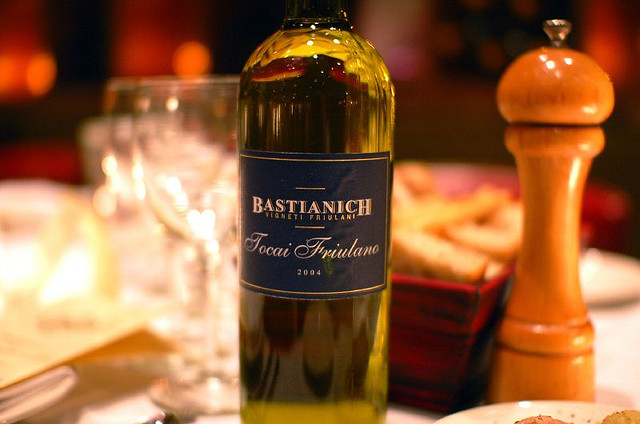
Wines of Emilia-Romagna
Ah… Emilia-Romagna: a land of gorgeous food and of people who made of enjoying life to the full their creed. Let’s not forget this region’s fantastic wines: typical is, of course, Lambrusco, but it is far from being the only jewel in Emilia-Romagna’s wines crown.
Lambrusco: the Lambrusco vine is the most commonly found in the plains between Parma, Reggio Emilia and Modena. Its name tells us this vine was, in origin, found in the wild, as “lambrusco” comes from “labrusca,” or “vite selvatica” (a wild type of grape producing vine). Apparently, we can thank the Lombards for the sparkle in Lambrusco: it was them, in the Middle Ages, who started to ferment grapes to produce a sparkling type of wine, perfect to cleanse the palate between the many, heavy dishes of their typically rich meals.
Lambrusco is pleasantly sparkling and light, with hints of violet and red fruits. Loved a bit everywhere in the world, it is the most exported of all Italian wines. Known are the refined Sorbara variety and the more intense Grasparossa.
Trebbiano Romagnolo and Colli di Imola Trebbiano: the Trebbiano vine is among the most cultivated white vines in Italy. A particular variety of it is found in Romagna, especially in the area surrounding Ravenna. Here the Trebbiano Romagnolo and the Colli di Imola Trebbiano are produced, both with a DOC denomination. These Trebbiano wines are pleasant and light, with a mild flavor. It is the perfect wine for informal dinners and picnics with friends and family, especially when matched with a piadina or a platter of salumi. More formally, it can be perfect accompaniment for fish based dishes.
The presence of the Trebbiano Romagnolo vine in the Romagna area is documented since the 14th century.
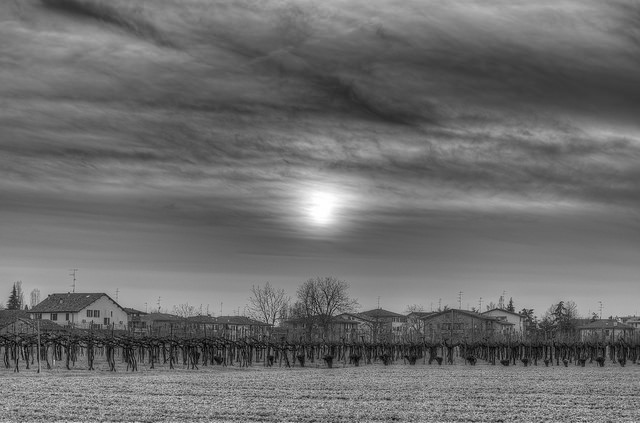
Here ends our brief trip into the world of wines in Northern Italy. If you found it as pleasant and delightful to read as I did writing it, make sure to check out its follow ups: The Wines of Central Italy and The Wines of Southern Italy.


